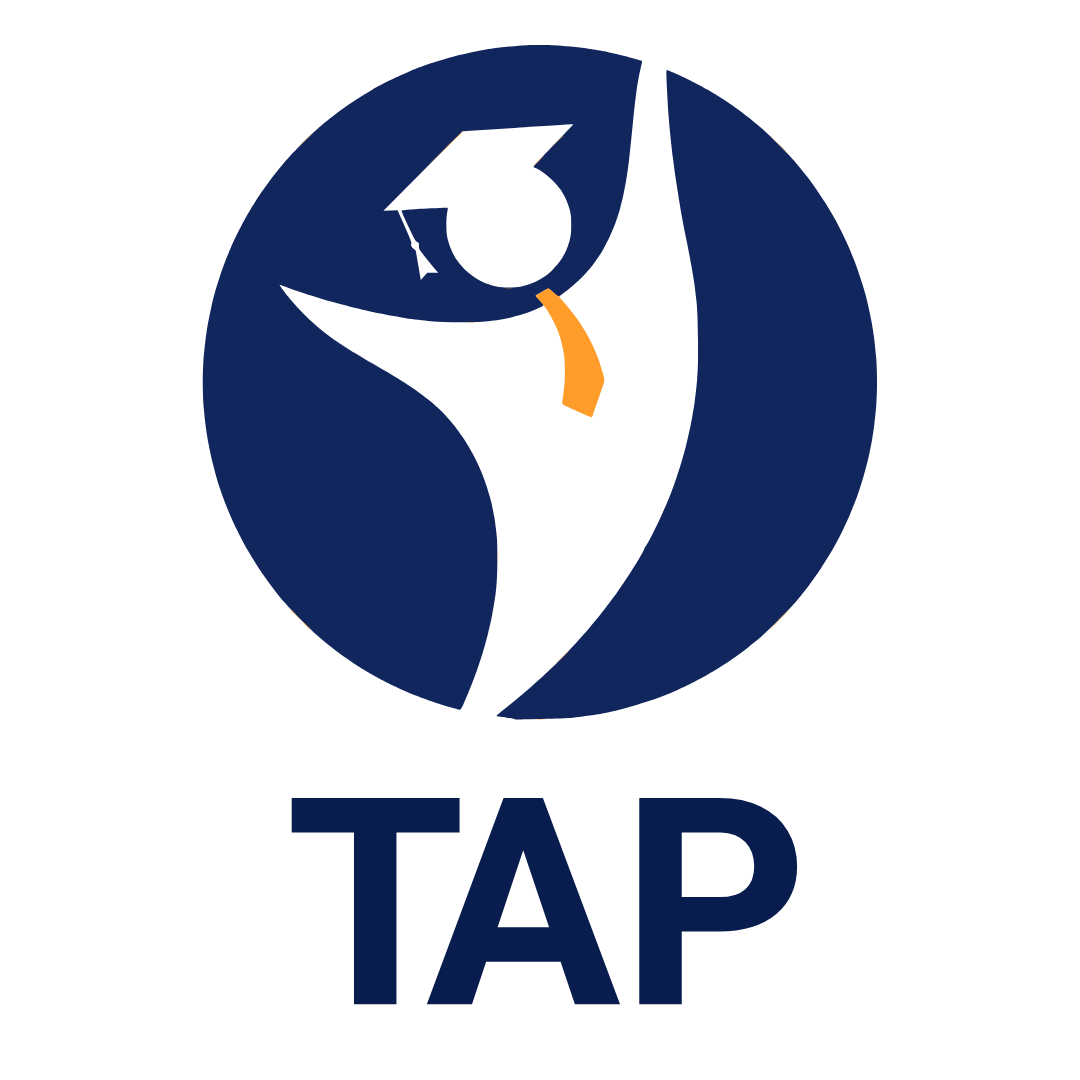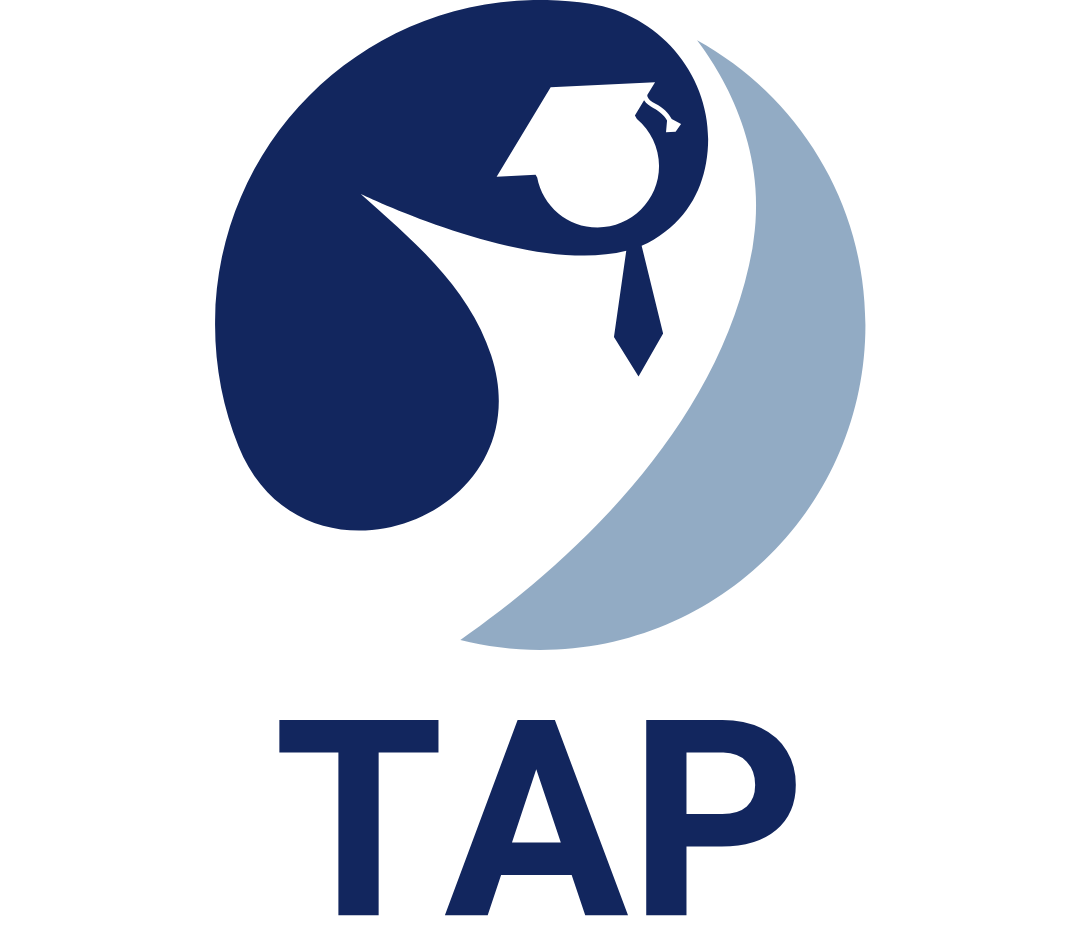Introduction to Computers | Online Short Course
Firstly, are you new to the world of technology? If so, this Introduction to Computers course is the perfect place to start. To begin with, you will learn what a computer is and how it works. Soon after, you will discover how to use a keyboard, mouse, and screen properly. In just a short time, you will gain the skills to open, save, and organise your files.
Moreover, the course is simple, clear, and fun to follow. Along the way, you will get helpful tips, easy examples, and step-by-step support. Not only that, but you will also explore the internet and email with confidence. Because everything is online, you can study anytime, anywhere, and at your own pace. As a result, learning becomes smooth and stress-free. So, why wait any longer? Right now is the best time to begin your exciting journey into the digital world. After all, gaining computer skills today opens many doors tomorrow.
Key Details
About This Course
To begin with, this Introduction to Computers course was made especially for beginners. In fact, it uses plain English along with lots of helpful examples to make things easier. Because of that, you don’t need any previous computer experience to get started.
Furthermore, the course keeps things simple by using everyday language. Also, the lessons are short, clear, and easy to understand. In addition, each section builds on what you learned before, which helps things make more sense. What’s more, you can study at your own pace, whether it’s in the morning, evening, or weekends. Besides that, you can repeat lessons as many times as you need. As a result, learning becomes smooth, flexible, and completely stress-free. All in all, this course offers a friendly, step-by-step way to build your skills.
Why Take Course?
To start with, this Introduction to Computers course was made specifically for beginners. In fact, it uses plain English, short lessons, and plenty of helpful examples to guide you. Because of that, you don’t need any experience to get started. Additionally, the instructions are simple, and each step builds on the last.
Then, as you progress, everything becomes easier to understand. Also, the lessons are short, direct, and easy to follow. What’s more, you can study at your own pace, whether you are at home, at work, or even on the go. Besides that, you can go back and review lessons as often as you like. In the meantime, short tips and reminders help you stay focused. As a result, learning becomes smooth, flexible, and stress-free. Eventually, this course gives you a strong foundation in basic computer skills, making your digital journey much easier.
What You Will Gain From This Course
- First, understand how a computer works.
- Next, know how to use a keyboard and mouse.
- Then, learn to open, save, and organise files.
- After that, explore the basics of the internet and email.
- Finally, build skills that help you in the digital world.
Course Overview
To begin with, this Introduction to Computers course is simple, friendly, and fun. First of all, you learn what a computer is and how it works in daily life. Right after that, you discover how to use a keyboard and mouse with ease. Then, you practise opening, saving, and organising files step by step. In addition, you explore the internet and, before long, learn how to send emails smoothly and confidently.
Also, you use tools like Notepad, Paint, and WordPad to complete basic tasks. Furthermore, the course shows you exactly what to do with easy tips and clear examples. Moreover, each lesson builds on the last, so nothing feels too hard or confusing. Because the lessons are short, you can learn a little bit at a time without stress.
Plus, you can go back, repeat lessons, and review them anytime. Therefore, you stay in control of your learning path. As a result, you gain useful digital skills that help you at work, at home, and everywhere in between. Finally, this Introduction to Computers course gives you the skills and confidence to use technology every day.
Moreover, each step builds on the last, so nothing feels too hard. Because the lessons are short, you can learn a little at a time. Plus, you can go back and review whenever you need to. As a result, you gain real skills that help you in daily life. Finally, this Introduction to Computers course gives you the confidence to use technology with ease.

Comprehensive Curriculum
Learn the basics of computers in a simple, step-by-step way. Each unit covers key topics like hardware, software, operating systems, and the internet. By the end, you’ll have a strong understanding of how computers work and how to use them with confidence.

Flexible Learning
Choose to study online, in person, or both. You’ll have 12 months of access to all learning materials. This flexibility allows you to learn at your own pace, on your own schedule, and with the convenience that fits your lifestyle.

Practical Skills
Gain hands-on experience through easy exercises and real-life tasks. You’ll practise using common applications, managing files, and navigating different systems. These skills will help you feel confident and capable in any computer-related task.
Course Content
- What is a Computer?
- Basic Computer Terminology
- Types of Computers (Desktop, Laptop, etc.)
- Overview of How a Computer Works
- CPU and Memory
- Input Devices (Keyboard, Mouse, etc.)
- Output Devices (Monitor, Printer, etc.)
- Storage Devices (Hard Drive, Memory Sticks, CDs, DVDs)
- Definition of Software
- Types of Software: System Software vs. Application Software
- Common Software Examples (Operating Systems, Word Processors, Browsers)
- Powering On/Off Your Computer
- Overview of Booting Process
- Non-standard Startup and Shutdown
- Basic Introduction to Operating Systems (Windows, macOS, Linux)
- Introduction to Web Browsers (Chrome, Firefox, etc.)
- Navigating a Website
- Basic Search Functions
- Understanding Web Pages

